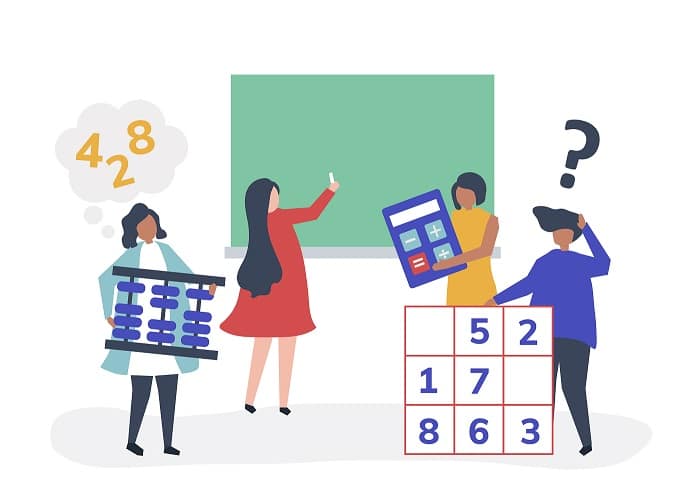BLOG
Why Teaching Fractions Is So Challenging?

Fraction is a primary part of mathematics but sometimes it can be challenging to understand and teach. Many students and even some adults find fractions challenging because they involve a different approach to understanding the numbers. Let's explore why teaching fractions can be so difficult.
Conceptual Understanding
One of the main reasons teaching fractions is so challenging is that they require a good understanding of essential mathematical concepts. Understanding fractions involves knowing how to divide a whole into equal parts and how those parts relate to each other. This concept can be abstract and difficult for some learners to visualize.
Different Representations
Fractions can be represented in multiple ways, such as with numbers, pictures, or on a number line. Teaching fractions effectively means being able to switch between these different representations to help students understand the concept from multiple angles. This flexibility in teaching methods can be challenging for educators.
Common Misconceptions
Students often develop misconceptions about fractions that can slow down their learning. For example, many students struggle with the idea that the denominator represents the number of parts into which the whole is divided, while the numerator represents the number of those parts being considered. Therefore addressing and correcting these misconceptions takes time and effort.
Language Barrier
The language used to describe fractions can also be confusing. Terms like numerator, denominator, proper fractions, improper fractions, and mixed numbers can confuse students who are not familiar with these terms. So, breaking down these terms into simpler language is essential for effective teaching.
Operations with Fractions
Performing operations with fractions, such as addition, subtraction, multiplication, and division, adds another layer of complexity. Students need to understand not only how to perform these operations but also why the procedures work the way they do. This deeper understanding can be challenging to achieve.
Lack of Real-World Context
Another challenge is relating fractions to real-world situations can be difficult for students who find it difficult to understand these concepts. Without seeing how fractions are used in everyday life, learners may struggle to understand the practical importance of learning this mathematical concept. So, providing relevant and relatable examples is the key to overcoming this challenge.
Strategies for Overcoming These Challenges
Despite having all these challenges, there are some effective strategies for teaching fractions:
Real-Life Examples
Incorporate real-life examples and activities into lessons to demonstrate how fractions are used in everyday life. Whether it's baking cookies, sharing snacks, or measuring ingredients, relating fractions to everyday experiences makes learning more engaging and relatable.
Hands-On Activities
Engage students in hands-on activities where they can be involved in manipulating fraction pieces. This could include cutting shapes into equal parts, building fraction towers, or playing fraction games. Therefore hands-on experiences enhance the understanding and make the overall learning enjoyable.
Clear Language
Use clear and simple language when explaining fractions and try to avoid jargon and technical terms by breaking down complex concepts into smaller and easy-to-understand parts. Encourage students to ask questions if they're confused, and make sure they have plenty of chances to get things explained clearly.
Patience and Practice
Patience is the key when teaching fractions, so keep in mind that students may take time to grasp the concepts fully. Encourage your students to practice regularly and give helpful feedback to support their learning. By practicing consistently and utilizing helpful online tools like the fraction calculator, students can gradually improve their understanding and confidence in working with fractions.
Final Words:
Teaching fractions may face challenges, but with the right approach, effective teaching strategies, and a supportive learning environment educators can help students overcome their fear and confusion about fractions. By addressing misconceptions, using multiple representations, providing real-world examples, and building a strong foundation in basic math skills can become more accessible and enjoyable for all students.
